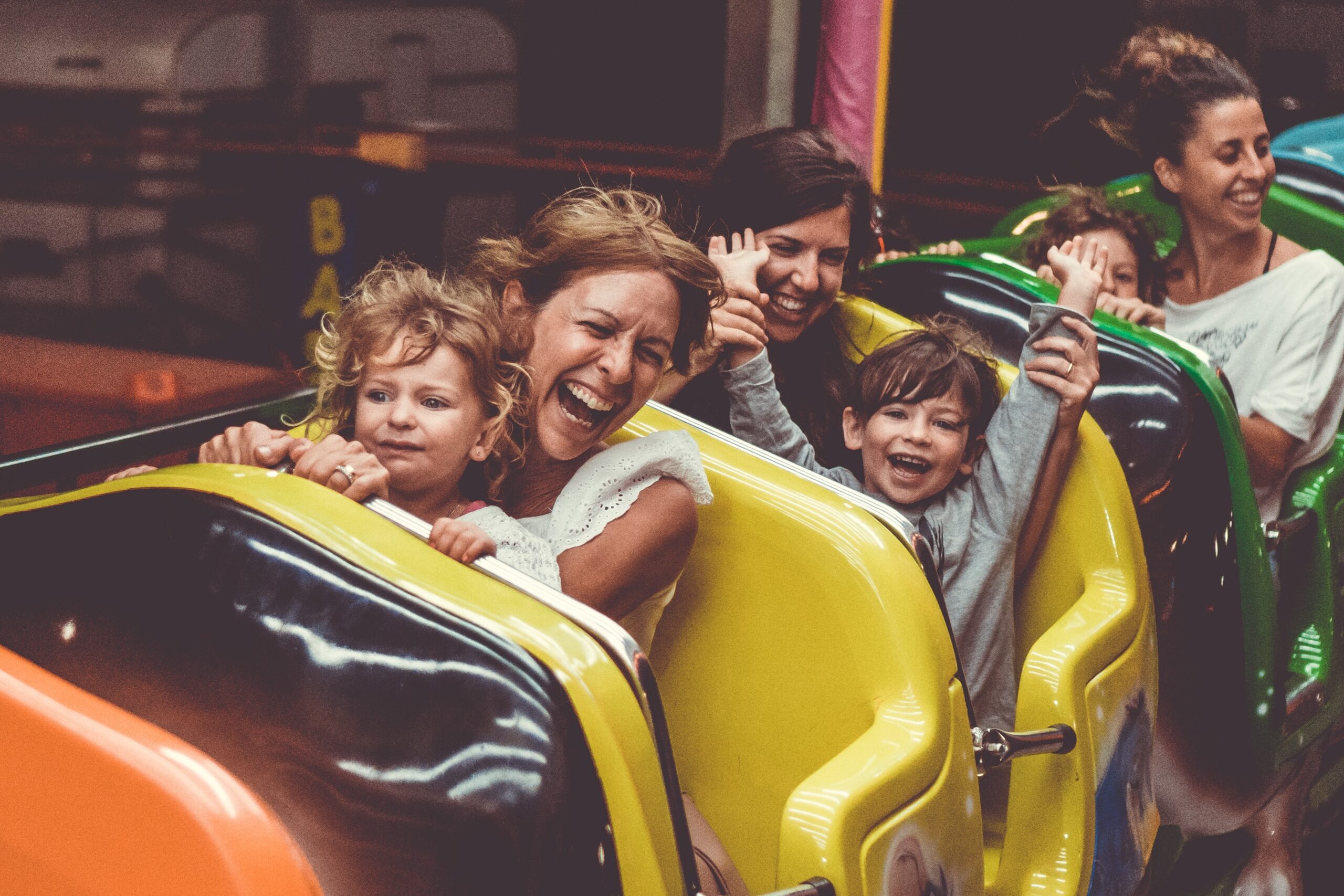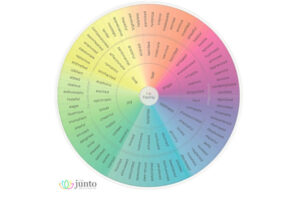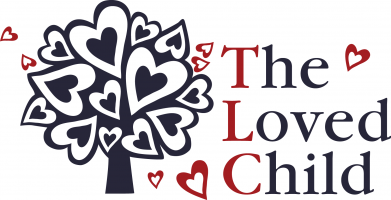
26 May Managing Your Emotional Rollercoaster
Many parents feel like we are riding an emotional rollercoaster right now: angry, frustrated, joyful, surprised, excited, fearful. All in the span of an hour. With kids at home, our rollercoasters and theirs are moving simultaneously, sometimes aligned, sometimes at opposite ends of the emotional spectrum. No wonder we are exhausted, crave more self-care, and seek strategies to manage this.
Below is a brief, three-step process to manage intense emotions when they hit. Under-girding this process are two beliefs. First, if we walk toward our emotions, rather than avoiding them or numbing ourselves, they will pass more quickly and with less angst. Second, we are not our emotions or our thoughts for that matter. Our essential self, wise self, observer self, whatever name you call it, maintains perspective and wisdom always…it’s just a matter of whether we have access to this part of ourselves.
So here’s the process:
- Name the emotion you are experiencing with specificity.
- Be present with the emotion and let it move through you.
- Look at the mindset, belief, or perspective fueling that emotion.
Name the emotion you are experiencing with specificity.
Many of us have a limited emotional vocabulary: angry, sad, happy, joyful, worried. According to scientists, there are twenty-seven different emotions, and many more nuances of these emotions. The Junto Institute created an emotion wheel (see below) to build emotional vocabulary. Imagine if we adults (and our kids) had facility with this range of feelings…such emotional intelligence!

This wheel can help us name our emotions precisely, which is called emotional granularity. When we do that, we can determine what productive actions to choose in response to our emotions.
As an example, imagine that you are flooded with sadness. Notice the difference among: disappointment, hurt, and loneliness, which are all shades of sadness. If you were to pinpoint loneliness, for example, the actions would be different from what you’d need if you were feeling hurt.
Be present with the emotion and let it pass like a wave through you.
The next step is to be with the emotion.* We spend so much time avoiding these emotion waves that we don’t realize they move through us within a few minutes. That’s when important shifts can happen.
It’s like a child having a temper tantrum. When you actually sit with them in stillness, and they feel seen, heard, and loved, the temper tantrum abates.
When I sit with the loneliness, I may feel a heaviness in my chest, tears may come, or perhaps an aching in my throat. I let all of that be, and very soon, it shifts. I feel lighter, relieved, more spacious.
*Note: If you’re worried about getting taken over by your emotions, commit to sitting with one of them and set a timer. You can absolutely do this same process with lighter, joyful emotions. Sometimes it’s harder for us to be with joy, accomplishment, or celebration, than emotions like sadness or fear.
Look at the mindset, belief, or perspective fueling that emotion.
Once you’ve named the emotion specifically and sat with it, it’s time to look at what information it’s giving you. Is there a mindset, belief, or perspective fueling this emotion? Understanding that gives you the power to shift it (if you want).
For example, I’ve named that I feel lonely. I’ve sat with the loneliness. Once the emotional force dissipates, I realize it’s the perspective that I don’t feel connected to others online that’s making me feel lonely. Now I have the power to look at it. Is that really true? Well, yes, with some people. With others, I feel more connected than I have in a long time. With this new knowledge, I can adjust who I spend time with, how I spend time with them, and what I need from those connections.
All of that information came from my emotions. Isn’t that amazing? This whole process often takes just a few minutes. We can finish with mindful presence: feel our feet on the floor, our back against the chair, the air moving in and out of our chest for a few breaths. Then we return to our day.
When we are less afraid of our emotions and ride the waves, we may find our rollercoaster slows down and settles. That sounds pretty sweet right now.
Rebecca Arnold, CEO of Root Coaching & Consulting, LLC, is a certified personal, professional, and leadership coach. She supports her clients in transforming into the best versions of themselves, amplifying their impact in the world, and thriving personally and professionally. She is a mom to tweenagers. Email her at Rebecca@rootcoachingconsulting.com if you are interested in coaching.


